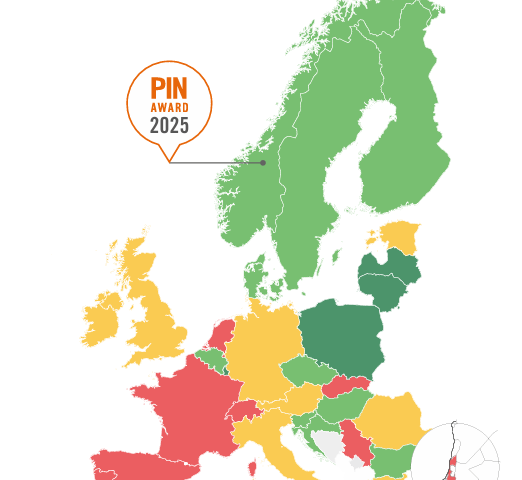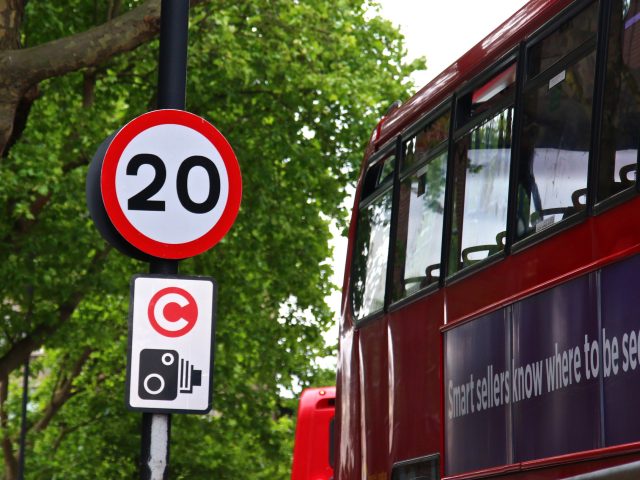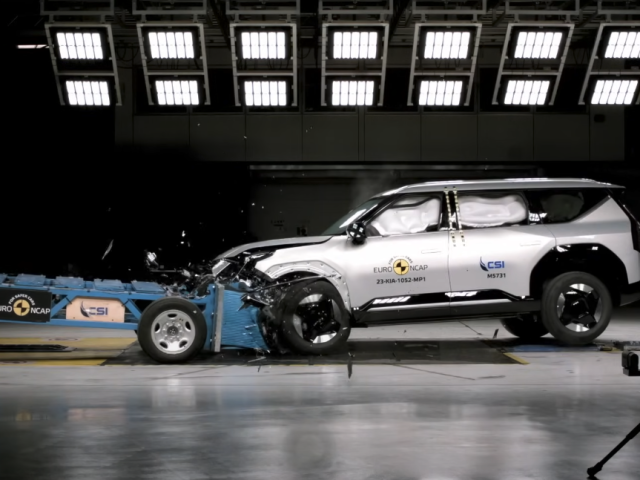Response to the draft delegated act on Intelligent Speed Assistance (ISA)
Intelligent Speed Assistance (ISA) is one of the vehicle safety technologies included in the EU’s new General Safety Regulation for motor vehicles (GSR) and will become mandatory for all new vehicles types as of 2022 and all new vehicles as of 2024. The detailed technical requirements for ISA are currently being prepared by the European Commission, who as part of that process have presented a “draft delegated act”.
ETSC welcomes the draft delegated act, however, calls on the European Commission to incorporate the following changes, in order to ensure an effective system that is acceptable to drivers.
- The cascade acoustic warning should be removed as a possible feedback mode for the speed limit warning function. There is no research available that proves its effectiveness – a requirement in the GSR.
- Moreover, its inclusion would not be in line with the European Commission’s Better Regulation Agenda, which aims to ensure EU actions are based on evidence and an understanding of the impacts. As cascading auditory warnings have not been researched in trails, simulators or in the field, there is no evidence available that supports their inclusion in the delegated act.
- On the contrary, the available evidence on similar systems suggest that cascading acoustic warnings will not be effective and appropriate as HMI for ISA. This includes:
- A 2020 study on suitable human-machine interfaces (HMI) for ISA showed that acoustic warnings were regarded by drivers as the most annoying HMI variant.
- A survey by ACEA, representing vehicle manufacturers, found that drivers would be 90% likely to switch off an acoustic feedback system.
- A vibrating pedal should not be included as a possible feedback mode for the haptic warning, as the 2020 HMI for ISA study showed that it was not a suitable HMI for ISA.
- Switching off ISA systems should require a sequence of actions, in order to make the difference with temporarily overriding the system clearer to drivers and to harmonise such requirements across the different ADAS systems.
- The event-based performance requirement for the reliable determination of the road speed limit should differentiate between the two types of signs and furthermore require higher performance:
- For explicit speed limit signs: the correct speed limit should be determine for ≥99% of sign passing events.
- For implicit speed limit signs: the correct speed limit should be determine for ≥95% of sign passing events.
- The distance-based performance requirements should also require higher performance, at ≥95%, in line with the suggested event-based performance requirement for the implicit speed signs.







